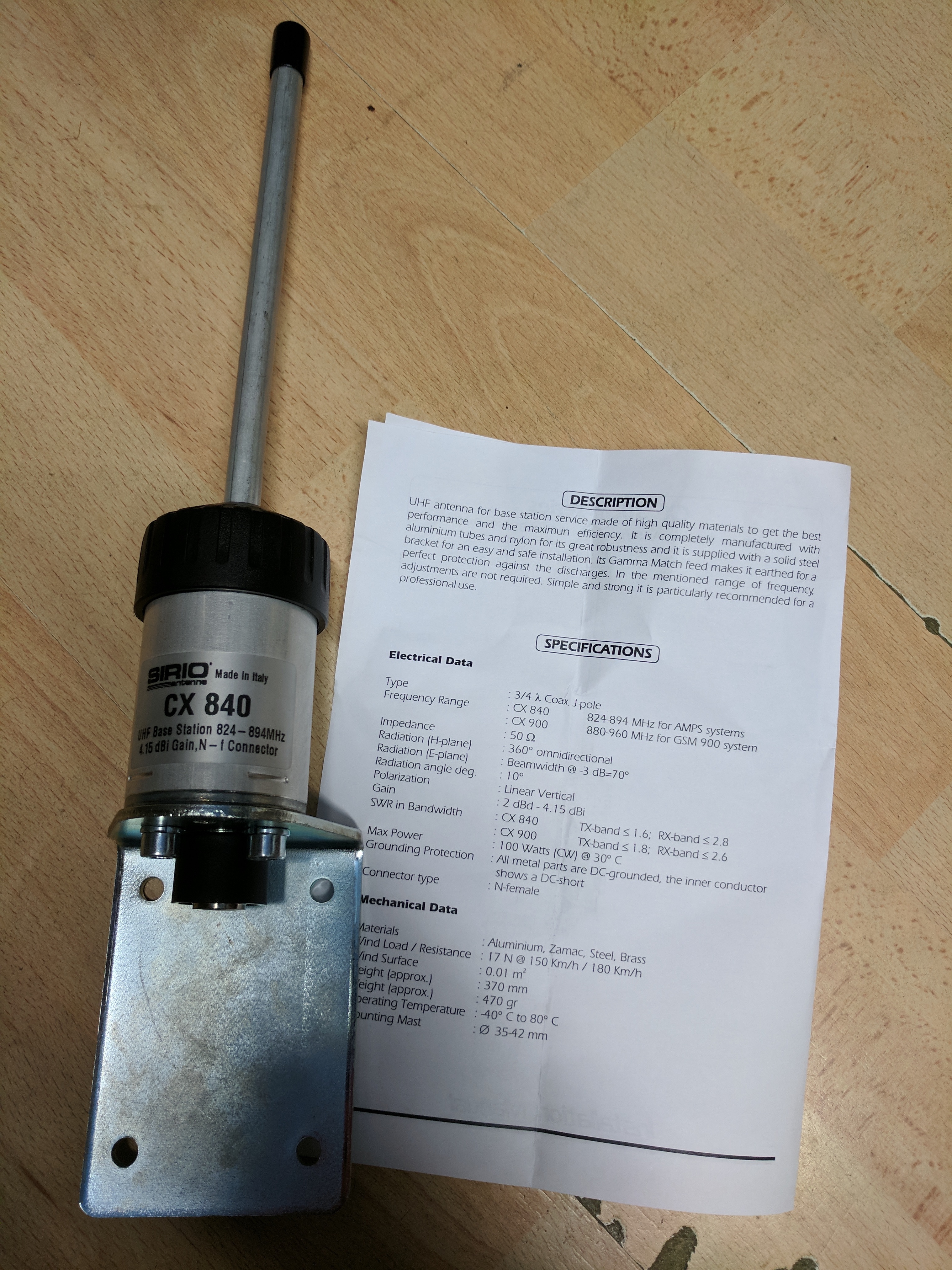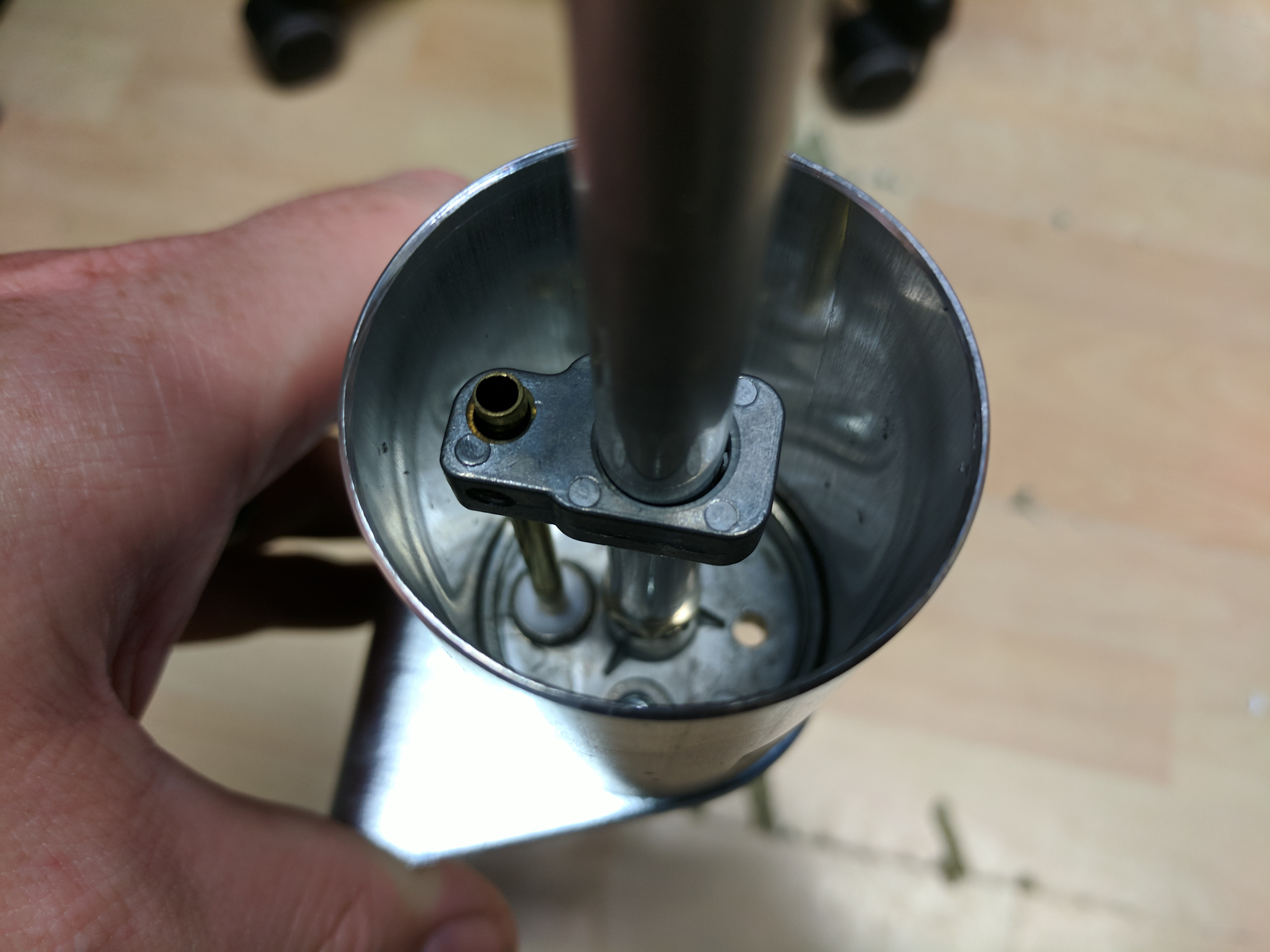A post was merged into an existing topic: BIG product placement allowed topic
@lex_ph2lb I have been using your GPA for a while now in outside conditions. Do you have any experience on the durability of it, specifically how the corrosion affects performance? Some outside corrosion should be okay, but the wire is quite thin (I used 1,5mm²), I suspect it will start to corrode internally too?
Could be that you experienced ground reflections that affected your measurements. When measuring antennas this way you should vary one of your antennas in height to cancel out the reflections in your measurement. Ground reflections in theory can fully cancel out your signal, in practise around 10-20dB depending on the ground type and height above the ground.
@Epyon : when you are using copper or brass wire the corrosion will only effect the outside. When the wire is hollow it will corrode on the inside to but as on the outside the corrosion will be a few microns thick. But a blob of thin can seal the tube. I have made a few antenna’s which are on my roof now for years and I don’t see any change in performance.
@mvdswaluw : you’re correct about that. I didn’t change the height in steps of 1/4 lambda steps.
The homemade Collinear antenna had some failures in it because of the design. See https://www.thethingsnetwork.org/labs/story/homemade-outdoor-868mhz-antenna
I have this interesting beast to test once I get a node up and working! I have a single channel gateway running on a RPi3 but can’t get my Arduino Uno and RFM95 to play nice!

interesting… never seen that one before 
It’s a nice design. DC grounded J-Pole with a shroud. Picked it up at a Ham radio junk sale.
Inside the base shroud. You can see the matching section. It can also be adjusted for the best match.

looks like pro quality
Indeed very durable build quality. Is the top cap made of a rubber kind or a plastic one ?
Although I see a watering hole in the bottom, so it will become a spider hotel in a few years 
It’s a tough plastic cap. Very solid. Could do with a small bit of mesh over that hole!
Hi,
is it possible to use a flat antenna cable to go through a window? Can I use a typical satellite cable?
The above cable starts at 900 MHz and should be usable with a little below at 868 MHz in germany.
Also what is about lighting protection. What could I buy to mount an antenna at my balcony or 2 m higher and thus higher than the flat roof, where I live?
Thanks, Lothar
These cables are made for sat com. The LNB has a integrated power amplifier to amplify the weak satellite signals so it can be used by the satellite receiver. In that setup the cable can be high loss without being a problem (output power from the LNB will be high enough). For the week LoRA signals that high loss could be a problem.
Also remember that these cables are made for a 75 ohm system and not for a 50 ohm system. So there will be mismatch for that (cost : 0.2dB but read http://ham-radio.com/k6sti/match.htm for more info about it).
But again : the proof of the pudding is in the eating. For that 6 euro you could give it a try.
Yes, I was aware of the impedance. I have ordered a SMA cable version with 50Ohm. https://www.wlan-shop24.de/Koaxial-Fensterdurchfuehrung-Fensterkabel-40cm-SMA-Stecker-auf-SMA-Buchse
Also I have ordered two 3 meter cables with convectioned SMA female and male connectors. https://www.wlan-shop24.de/Koaxial-Antennenkabel-RF-240-Verlustarm-Wetterfest-Kabel-Konfigurator
What I am missing yet is a lighting protection module for SMA. I found some very expensive (200-300€) that is inacceptable. I put a LoRa (LoPy) module to the application and it is not worth that much money. And for short tests I do not need one (day long tests at sunny weather).
Are there other lighting protection options?
How and where should I mount them all on my balcony at the third floor, short below the roof?
You could make a DC short to ground with a 1/4 wave piece of coax cable, now the receiver input is protected against ESD and some protection against lighting.
DC grounding is no lightning protection, not even in the slightest way  .
.
DC grounding will protect the first RF receiver against static voltage. A direct hit from lightning is very hard to survive. If you want to have a “lightweight” protection the 1/4 wave stub is the one I think.
Full lightning protection makes no sense on a < 500€ setup. It’s just not worth it.
However, it might be a good idea to ground the antenna, so that if it get hit by lightning, it won’t damage your roof. Even better, set up a lightning rod.
(not that lightning rods don’t really ‘attract’ lightning from a very long distance, so essentially if it gets hit, it means your structure was going to get hit anyway - you’re just doing damage control)
interesting point here ’ how far do you need to go to protect equipment or property - what’s the basic protection you’ll need - if any’ with a LoRaWAN gateway setup ?
My gateway is under the roof, I’m using 2 stacked dipoles and can cover my whole village with a strong signal. I think it makes no sense to put the antenna as high as possible in my case. Close is a big city with several strong gateways if I take care only to cover my village I can be sure my gateway is not responding (to much) on nodes in the city already covered by the cities-gateways => more gateway availability for the nodes in my village.